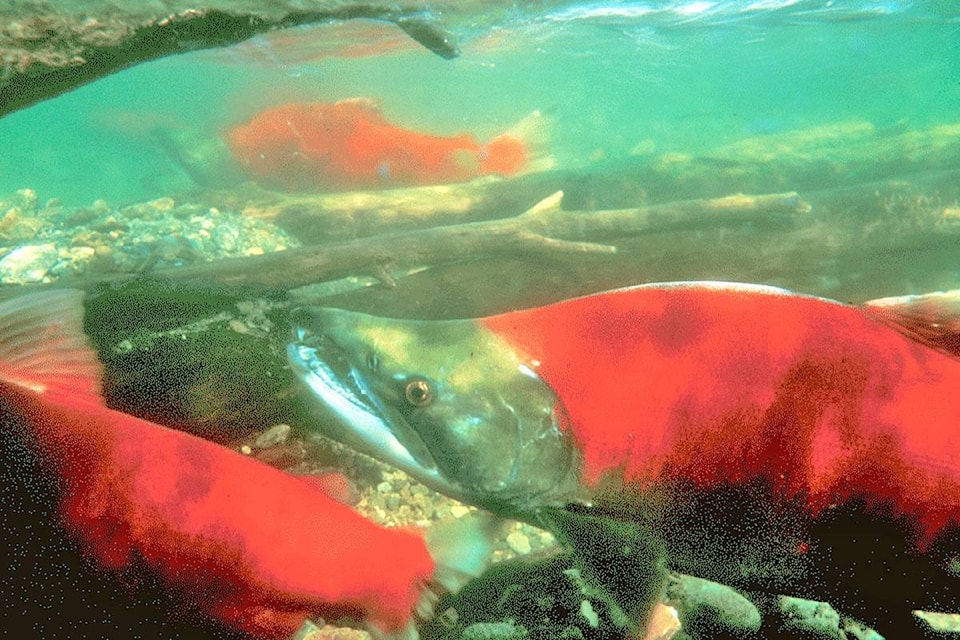Researchers have identified a promising new method of tracing the migratory behavior of salmon at sea, greatly improving the odds of identifying the unique climatic challenges of individual stocks and leading to better management decisions.
At the heart of the research are sockeye salmon scales that fisheries management groups have been collecting for more than a century. In a study published in Ecology and Evolution, scientists at the University of British Columbia’s Institute for the Oceans and Fisheries (IOF) used the stable isotopes preserved in hundreds of scales to successfully locate where the salmon are spending their time in the North Pacific.
“What surprised us is that we were able to trace the different stocks, especially where they forage,” Evgeny Pakhomov, professor and director of the IOF and one of the study’s co-investigators said. “We know that fish are going into the open ocean, and our perception and vision into this is that when salmon go into the open ocean they mix together. What this paper is telling us is that it looks like different stocks of salmon are feeding in different places.”
READ MORE:
Knowing where different salmon stocks travel to forage will be essential for identifying the unique environmental threats they will face as oceans become more inhospitable due to climate change and other cumulative impacts on ocean habitats.
“What’s cool about this is it enables us to start partitioning out the distribution of these stocks,” Hunt said. “We can start looking at variability in environments experienced by different stocks, and that can take us one step further to knowing the effects of the open-ocean part of their life history on their survival and growth… This is a great first step in thinking about regional effects on fish.”
The findings are notable because researchers have long grappled with the question of where salmon go after they leave their natal waters, reads the conclusion of the . “Isotopes show promise of providing a cheaper and faster method over current labour-intensive practices of sampling fish at sea or tracking them with tags.”
READ MORE:




